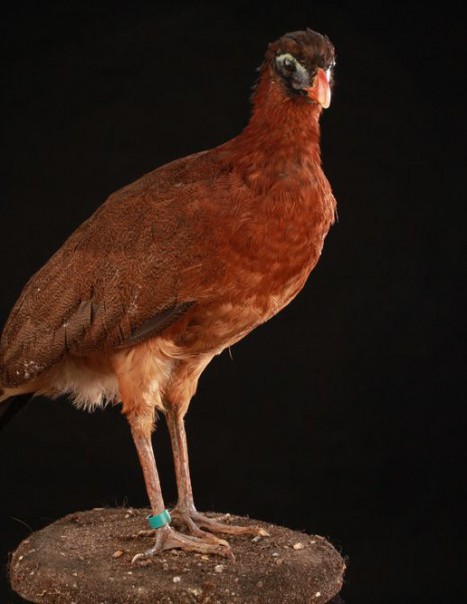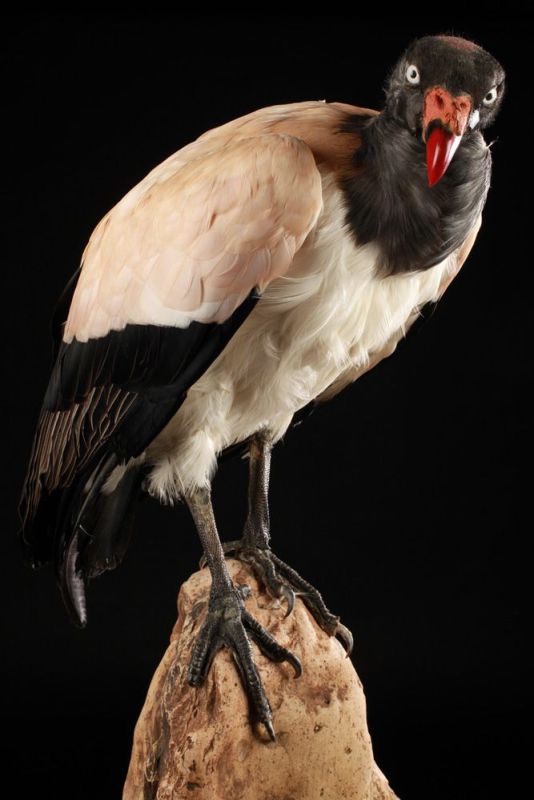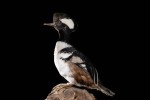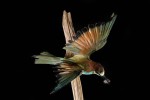Nocturnal curassow – Nothocrax urumutum
Nocturnal curassow – Nothocrax urumutum
The eye of hocco is not feathered. The skin that is on the bottom of the eye is gray while that above the iris is azure blue. The male differs from the female by the appearance of its beak. The latter has a color ranging from orange and red.
Contrary to what its name seems to imply, nocturnal curassow is active in the day. Indeed, it has not a keen eyesight like other owls. Thus, it is not able to locate their food at night. It usually comes out when the light is low at dawn and dusk.
There are two nesting seasons; in October and from January to February. This owl builds its nest in a tree at a low height. The female lays two eggs which she incubates for 29 days. The chicks are covered with a brown-black down. Its head is brightly colored, with a large crest and a reddish brown plumage.





